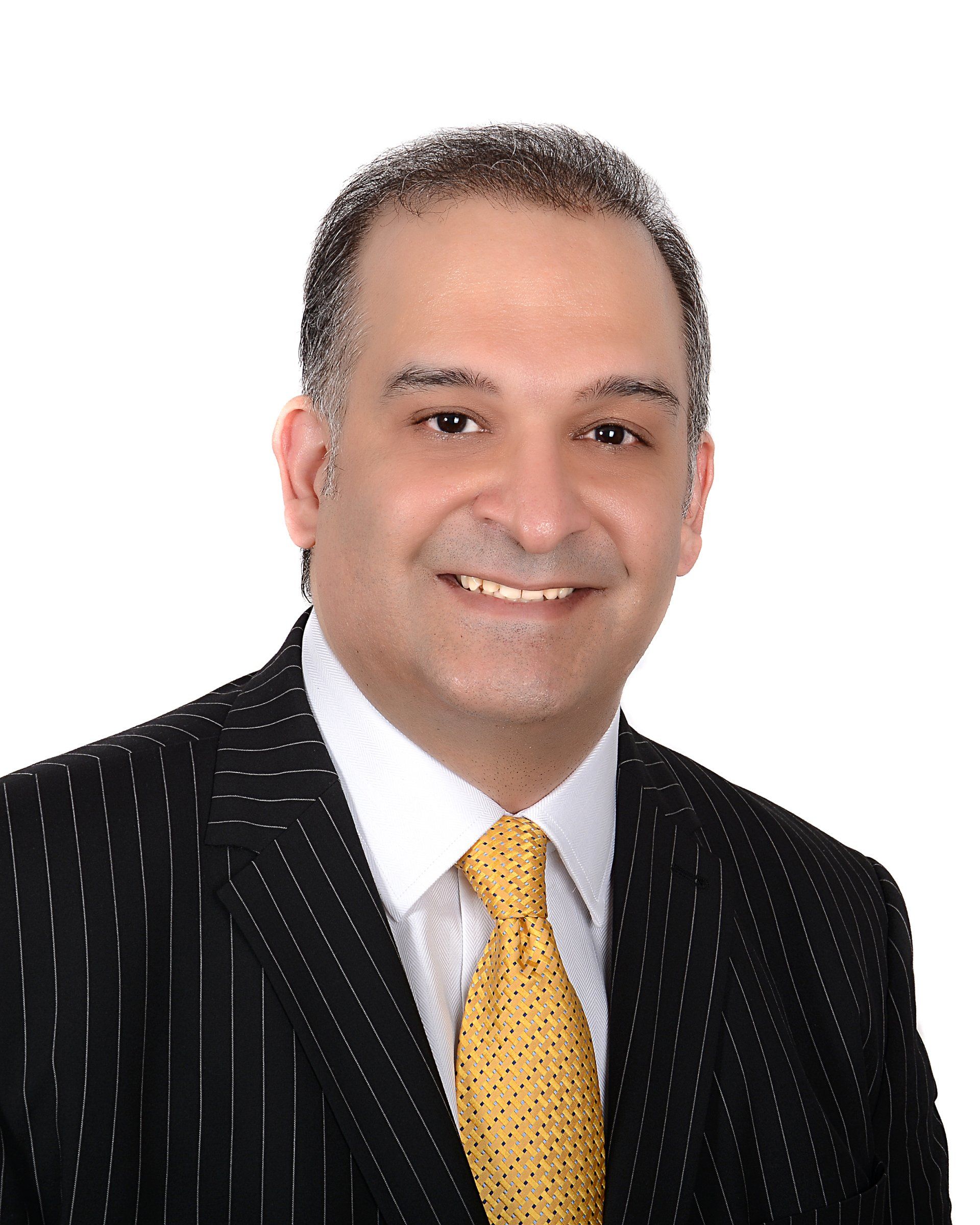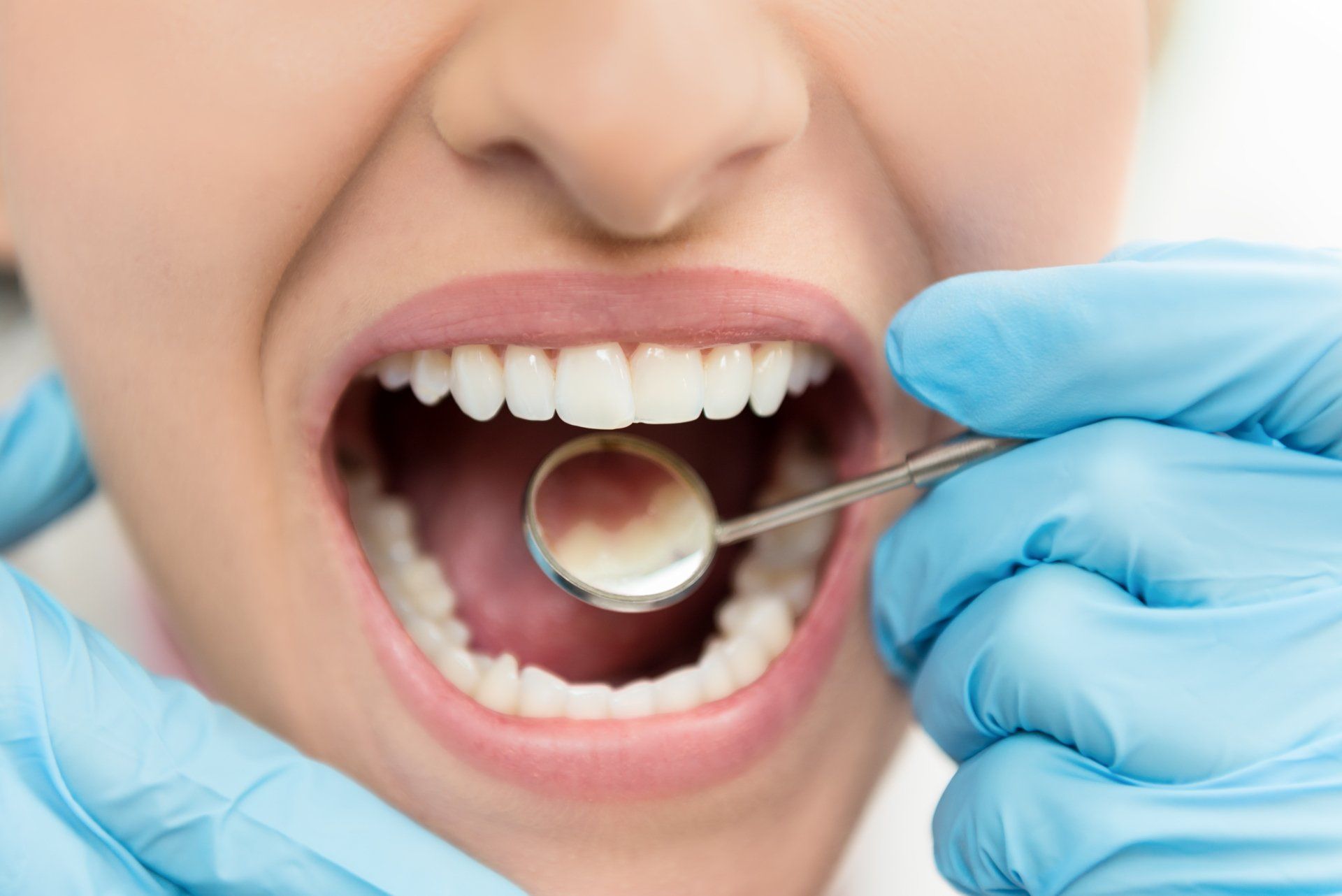Orthodontic Treatments
Orthodontic treatments
There are many different types of orthodontic treatment. The best treatment for you depends on the exact problem you The first stage of any treatment is to assess the current position of your teeth and how they're likely to change over time.
Orthodontic treatment
Orthodontic treatment (usually with braces) is most often used to improve the appearance and alignment of crooked, protruding or crowded teeth, and to correct problems with the bite of the teeth.
Why orthodontics is used
The benefits of orthodontics can include:
* correction of dental crowding and straightening of your teeth
* correction of your bite so the front and back teeth meet evenly
* reducing the chance of damage to prominent teeth
Many people have crowded or crooked teeth, or their teeth do not meet correctly when they bite. These problems can mean it's harder to keep your teeth and gums clean and your teeth are more likely to become damaged.
In some cases, abnormal positioning of your teeth and jaw can affect the shape of your face.
Orthodontics can also help in the treatment of other health problems, such as a cleft lip and palate.
Orthodontic treatment
Orthodontic treatment is usually only started after most of a child's adult teeth have started to come through.
This is usually when they're about 12 years old but it depends on how many of their adult teeth have come through and the growth of their face and jaws.
Orthodontic treatment for adults can begin at any age, but the treatment options are more limited.
Treatment will not begin unless you have a good standard of oral hygiene, as orthodontic treatment can increase the risk of tooth decay and gum problems.

Dr. Farahani
MScD, MOrth RCS GDC 82891
Dr Farahani finished his orthodontic speciality training at Cardiff University. This led to the award of Master of Science (MScD) degree in orthodontics as well as the specialist membership diploma of MOrth RCS from the Royal College of Surgeons of Edinburgh.
He undertook further training in the field of Craniofacial Orthodontics and is a graduate of the Craniofacial and Special Care Orthodontic fellowship at Children's Hospital Los Angeles, University of Southern California. He trained to treat patients with severe craniofacial deformities requiring combined orthodontic and surgical treatment.
Types of orthodontic treatment
Orthodontics involves the use of braces to correct the position of the teeth. Your exact treatment will depend on the problem with your teeth.
In a small number of cases, you may have to wear headgear, or have small pins placed temporarily in your jaw as well as wearing a brace. If your teeth are very close together, causing them to twist or overlap, you may also need to have some teeth removed as part of your treatment.
The length of treatment will depend on how complicated the problem is, but it's usually between 18 and 24 months.
When treatment finishes, you will need to wear a retaining brace. This is usually removable and needs to be worn every night to keep your teeth in their new position. They're usually used for at least 12 months, but your orthodontist will advise you. Sometimes a thin wire may be permanently fixed behind your teeth to keep them in place.
There are many different types of orthodontic treatment. The best treatment for you depends on the exact problem you have.
The first stage of any treatment is to assess the current position of your teeth and how they're likely to change over time.
This often involves taking X-rays, making plaster models, and taking photographs of your teeth.
You will then be given a treatment plan. This may suggest more than 1 way to treat the problem you have. Talk to your orthodontist about your options.


Orthodontic appliances
Orthodontic treatment uses appliances to correct the position of teeth.
The 4 main types are:
* fixed braces – a brace you cannot remove which is made up of brackets that are glued to the front of each tooth and linked with wires
* removable braces – usually plastic plates that cover the roof of the mouth and clip on to some teeth; these can only be used to achieve very limited tooth movements
* functional appliances – usually a pair of removable plastic braces that are joined together or designed to interact together and fit on to both the upper and lower teeth
* headgear – this is not an orthodontic appliance, but it can be used with other appliances and is usually worn at night.
In more severe cases, treatment may involve fixed braces plus surgery to move the jaw. This treatment is done in hospital.
These treatments are outlined in more detail on this page. You can find further information on the British Orthodontic Society (BOS) website.
Fixed braces
Fixed braces are the most common type of orthodontic appliance.
A few days after a fixed brace is fitted you'll be able to eat a normal range of foods. But you should avoid certain foods and drinks, such as toffee, hard sweets and fizzy drinks, as these can damage the appliance and your teeth.
If you're using a fixed appliance and you play a contact sport such as rugby, you should wear a gum shield to protect both your mouth and the appliance.
Fixed braces are usually made from metal, so they will be noticeable on the front of your teeth.
Many private orthodontists offer ceramic or clear braces, or metal braces fitted to the back of the teeth, although these are usually more expensive
Removable braces
Removable braces can be used to correct minor problems, or as part of fixed-brace treatment.
They can also sometimes be used to discourage children from sucking their thumb.
These braces should only be taken out of your mouth for cleaning or as a precaution during certain activities. Your orthodontist can advise you about this.
Functional appliances
Functional appliances can be used to treat problems with the position of the upper and lower jaw and teeth.
Most people need to wear them all the time. It's very important to follow your orthodontist's instructions about how and when to wear the appliance. If it's not worn correctly, the treatment will not work.
It may be necessary to remove your functional appliance for cleaning and while you're eating.
Headgear
Headgear is used to correct the position of the back teeth or to keep them in position while the front teeth are being treated.
Most people only need to wear headgear in the evening and during the night. You will not be able to eat or drink while wearing headgear.
Other treatments
There are other types of braces available privately, such as aligners, or invisible or lingual braces that fit onto the back of the teeth.
You'll need to talk to your orthodontist to see whether they can be used for your problem. The cost of these braces is usually higher.
Retainers
Retainers are used at the end of a course of orthodontic treatment. They hold straightened teeth in place while the surrounding gum and bone adjusts to their new position. Retainers can either be removable or fixed.
Your orthodontist is responsible for your care for 12 months after usual treatment ends. After this period, you'll have to pay privately for continuing care, repeated treatment, and any replacement or repair of retainers.
It's likely there will be some tooth movement if you stop wearing your retainer. Changes in the position of your teeth can continue throughout life and are normal.
The only way to have permanently straight teeth is to wear a retainer as advised.
Removing teeth
In some cases, it may be necessary to remove one of your teeth to correct the position and appearance of nearby teeth.
Results
You're likely to achieve good results within 18 to 24 months of starting treatment as long as you:
* take good care of your teeth and gums
* wear your appliances as instructed
* follow your orthodontist's advice about what to eat and drink
* wear your retainer every night to maintain the results; your orthodontist will talk to you about exactly how long you need to wear this

Taking care of your teeth
A common complication of orthodontics is white spots on the teeth, which are an early sign of tooth decay. This can happen when acid is produced from plaque, which builds up on your teeth and around your brace.
Cleaning your teeth and brace can be time-consuming, but it's needed to avoid permanent marks on your teeth when the brace is removed.
Many people with appliances find it difficult to keep their teeth and gums clean, so extra brushing is needed during treatment.
Your orthodontist may recommend using toothpaste with a high level of fluoride, or a mouthwash that contains fluoride, to reduce your risk of tooth decay. You should also try to avoid sugary foods and fizzy drinks.
All Smiles In Finchley is within easy reach of residents of Mill Hill East, Barnet, East Finchley, Finchley Central, Friern Barnet and Southgate. Call 020 8445 2114
© 2024. The content on this website is owned by us and our licensors. Do not copy any content (including images) without our consent.
